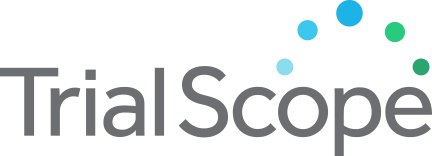Venetoclax Added to Fludarabine + Busulfan Prior to Transplant and to Maintenance Therapy for AML, MDS, and MDS/MPN
Study Purpose
This clinical trial involves individuals who have been diagnosed with Acute Myeloid Leukemia (AML), Myelodysplastic Syndrome (MDS), Chronic Myelomonocytic Leukemia (CMML), or MDS/myeloproliferative neoplasm-unclassifiable (MDS/MPN-unclassifiable) and are planning to have an allogeneic hematopoietic stem cell transplant ("bone marrow transplant"). The goal of this research study is to
- (1) test the safety of adding the study drug, Venetoclax, to a standard of care conditioning regimen for bone marrow transplantation as a possible means of eliminating residual (left-over) disease prior to transplant, (2) to test the safety of combination Venetoclax and azacitidine as "maintenance therapy" after transplant to possibly prevent disease recurrence and (3) to test the safety of combination Venetoclax and oral decitabine/cedazuridine as "maintenance therapy" after transplant to possibly prevent disease recurrence.
- - The name of the study drug involved in this study is Venetoclax.
- - It is expected that about 68 people will take part in this research study.
Recruitment Criteria
|
Accepts Healthy Volunteers
Healthy volunteers are participants who do not have a disease or condition, or related conditions or symptoms |
No |
|
Study Type
An interventional clinical study is where participants are assigned to receive one or more interventions (or no intervention) so that researchers can evaluate the effects of the interventions on biomedical or health-related outcomes. An observational clinical study is where participants identified as belonging to study groups are assessed for biomedical or health outcomes. Searching Both is inclusive of interventional and observational studies. |
Interventional |
| Eligible Ages | 18 Years and Over |
| Gender | All |
Trial Details
|
Trial ID:
This trial id was obtained from ClinicalTrials.gov, a service of the U.S. National Institutes of Health, providing information on publicly and privately supported clinical studies of human participants with locations in all 50 States and in 196 countries. |
NCT03613532 |
|
Phase
Phase 1: Studies that emphasize safety and how the drug is metabolized and excreted in humans. Phase 2: Studies that gather preliminary data on effectiveness (whether the drug works in people who have a certain disease or condition) and additional safety data. Phase 3: Studies that gather more information about safety and effectiveness by studying different populations and different dosages and by using the drug in combination with other drugs. Phase 4: Studies occurring after FDA has approved a drug for marketing, efficacy, or optimal use. |
Phase 1 |
|
Lead Sponsor
The sponsor is the organization or person who oversees the clinical study and is responsible for analyzing the study data. |
Jacqueline Garcia, MD |
|
Principal Investigator
The person who is responsible for the scientific and technical direction of the entire clinical study. |
Jacqueline S. Garcia, MD |
| Principal Investigator Affiliation | Dana-Farber Cancer Institute |
|
Agency Class
Category of organization(s) involved as sponsor (and collaborator) supporting the trial. |
Other, NIH |
| Overall Status | Recruiting |
| Countries | United States |
|
Conditions
The disease, disorder, syndrome, illness, or injury that is being studied. |
Acute Myeloid Leukemia (AML), Myelodysplastic Syndrome (MDS), Chronic Myelomonocytic Leukemia (CMML), MDS/Myeloproliferative Neoplasm-unclassifiable (MDS/MPN-unclassifiable), Hematopoietic Stem Cell Transplant |
Contact a Trial Team
If you are interested in learning more about this trial, find the trial site nearest to your location and contact the site coordinator via email or phone. We also strongly recommend that you consult with your healthcare provider about the trials that may interest you and refer to our terms of service below.
Site by: Kaleidoscopic

